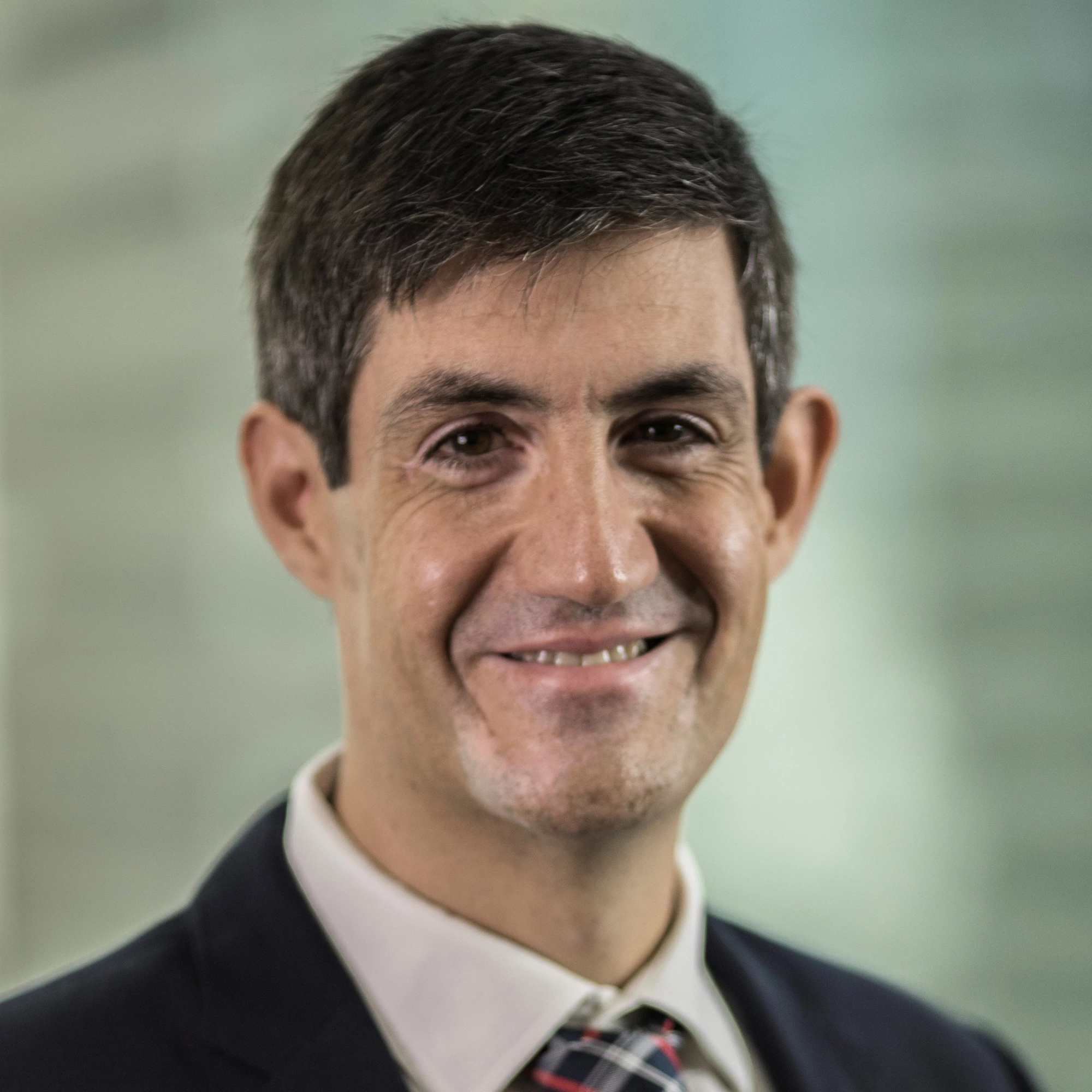 No Rio de Janeiro, um usuário de transporte público usa máscara para se proteger do coronavírus. Foto: Tânia Rêgo/Agência Brasil.
No Rio de Janeiro, um usuário de transporte público usa máscara para se proteger do coronavírus. Foto: Tânia Rêgo/Agência Brasil.
With the first confirmed COVID-19 case in Latin America, by late April Brazil has recorded over 4,500 deaths and 66,500 confirmed cases throughout the country, including in isolated communities in the Amazon. The coronavirus (COVID-19) pandemic is an unprecedented crisis. It will have a disproportionate impact on the poor due to job loss, rising prices, and disruptions in services such as education and health care. Brazil’s poorest people, who were already unduly affected by the economic crisis of 2014-16, are now at greater risk from the effects of the pandemic.
Between 2014 and 2016, nearly 5.6 million Brazilians fell into poverty, living on less than $5.50 per day. The number of poor reached 20 percent of the country’s population, while those living on less than $1.90 per day grew by 2.5 million to surpass 8 million. The Gini index, the most common measure of inequality, also increased from 51.9 in 2015 to 53.3 in 2016 – the largest single-year increase since Brazil adopted the Plano Real, a set of measures in the early 1990s to stabilize the economy. Unfortunately, uneven recovery since 2017 has left the poorest 40 percent worse off than they were before the crisis. Despite the country’s economic growth since 2017, inequality and the number of Brazilians living on less than $1.90 per day continued to grow, reaching a Gini index of 53.8 and 9.3 million poor by 2018.
This effect was felt throughout the country. With the exception of Minas Gerais, a southeastern state, poverty at the $1.90 rate was higher in 2018 than it had been in 2014 in every state (including the Federal District). Similarly, all but four states have higher rates of poverty at the $5.50 line. And, in real terms, the income of the poorest 40 percent was lower in 2018 than it had been in 2014 in all but four states (see Graph 1).
Graph 1. In real terms, the poorest 40 percent in almost every Brazilian state had lower income in 2018 than in 2014
As policymakers consider ways to mitigate the economic and social costs of the COVID-19 crisis, it is important to keep in mind the already weakened position of Brazil’s poorest 40 percent. Not having fully recovered from the 2014-16 economic crisis, many households have depleted assets and are already struggling to make ends meet. But there are also important lessons from the earlier crisis that can be used going forward. In particular, the groups most exposed to income shocks, the poorest, will need longer to recover if steps are not taken to cushion the impact of the crisis.
Salaried employees in the formal sector, both private sector and public sector, are also at risk of suffering reductions in income and, in some cases, even layoffs. But they are more likely to be able to buffer short-term income shocks through sick pay, legislated job protections, and access to unemployment benefits or employer-sponsored savings accounts. However, almost a third of Brazil’s people (66.3 million) are families who derive more than half of their income from unprotected labor sources. For these families, most income comes from informal work. This makes them the most financially vulnerable in the COVID-19 crisis and likely to need longer to recover without help.
The announced expansion of the Bolsa Família conditional cash transfer program, to support over 1 million eligible families who had been waiting for benefits, is an important first step: it supports those who were in need even before the pandemic. The Auxilio Emergencial, a series of monthly cash transfers to support low-income families facing short-term hardship during the coronavirus crisis is also an important step in the right direction. But the current global and domestic picture suggests there will be many more in need of support over the coming months.
Brazil is adhering to the global consensus on the need to protect families. By April 10, 126 countries had introduced, adapted, or expanded their social protection programs in response to COVID-19. Taking active measures to address these needs in the short term will also help Brazil curb the long-term damage from the pandemic. Looking forward, Brazil will also need to take additional steps to include its poorest in the economic recovery, such as through targeted active labor market programs and expanded welfare programs, to avoid compounding the crisis.
Note: A version of this blog was first published in Folha de Sao Paulo in Portuguese in March 2020.





Join the Conversation